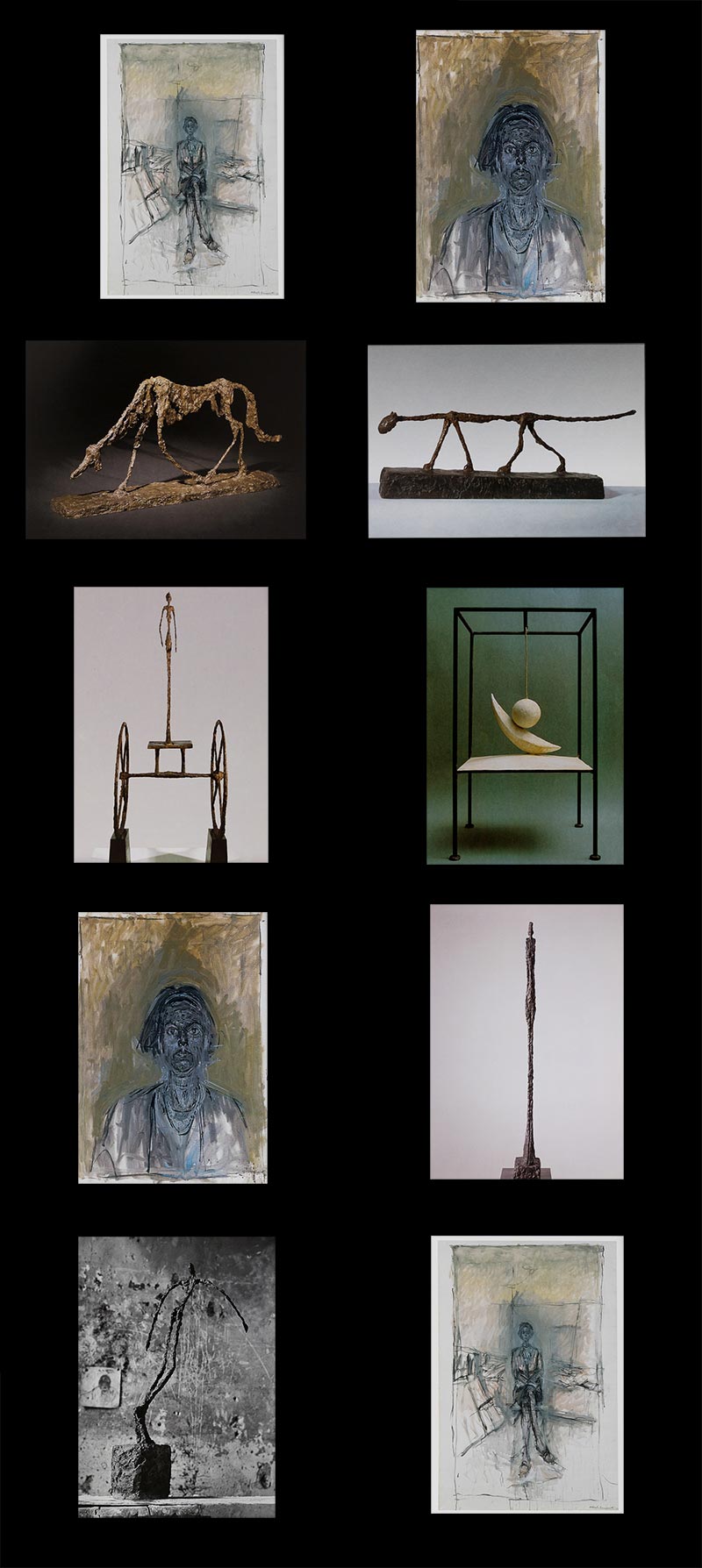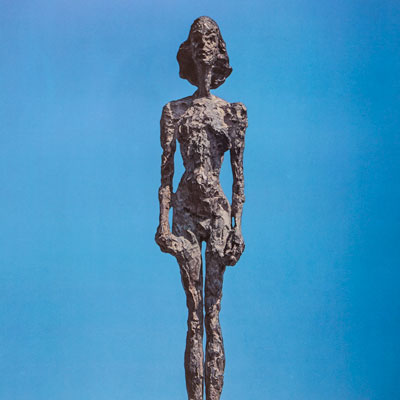Tel : (+33) 4 94 63 18 08
9am - 6pm from Monday to Sunday
Surrealism
Surrealism is an artistic and literary movement that emerged in the early 20th century, primarily in Europe. It was founded by André Breton, who published the "Surrealist Manifesto" in 1924, defining the principles and goals of the movement. Surrealism was inspired by the ideas of Sigmund Freud on the unconscious and focused on the exploration of the unconscious and the subconscious, often through the use of automatism techniques (writing or painting without consciously thinking). In painting, surrealism manifested itself through the use of strange or irrational motifs and symbols, as well as the incorporation of surprising or incongruous details in the paintings. Among the famous surrealist artists in painting are Salvador Dali, Frida Kahlo, Rene Magritte and Max Ernst. Salvador Dali is a Spanish surrealist artist known for his surrealist paintings. One of his most famous works associated with surrealism is "The Persistence of Memory" (1931). Dali also created many other surrealist works, such as "The Dream Caused by the Flight of a Bee Around a Pomegranate a Second Before Awakening" (1944) and "The Great Masturbator" (1929). Rene Magritte is a Belgian surrealist artist known for his paintings that play with perspective and visual illusions. One of his most famous works is "The Treachery of Images" (1929), where he painted a pipe saying "This is not a pipe". Magritte also created many other surrealist works, such as "The Human Condition" (1933) and "The Empire of Lights" (1954). Max Ernst is a German surrealist artist known for his paintings filled with strange and dreamlike motifs. One of his most famous works is "Europe After the Rain II" (1940-42). Surrealism had a significant impact on 20th century art and culture and continues to influence many artists around the world. The movement paved the way for new forms of artistic expression by highlighting the importance of the unconscious and encouraging the use of automatism techniques. Many artists were influenced by surrealism and continued to explore these themes in their works, even after the end of the movement in the mid-20th century.
Discover the artist
Giacometti Alberto
Alberto Giacometti was a Swiss sculptor, painter, and draftsman known for his Surrealist and Expressionist works. Born in Borgonovo, Switzerland in 1901, Giacometti was the son of a well-known post-Impressionist painter. He studied art in Paris and was heavily influenced by the work of Pablo Picasso and Constantin Brâncuși. Giacometti's sculptures are characterized by their thin, elongated forms and sense of isolation. Some of his most famous works include "Walking Man I" (1960) and "Pointing Man" (1947). He also created a number of paintings and drawings, including the series "Portrait of Jean-Paul Sartre" (1964). Giacometti was a member of the Surrealist movement and was closely associated with artists such as Jean-Paul Sartre and Jean Cocteau. He was also a friend and collaborator of fellow sculptor Henry Moore. Giacometti died in 1966 in Coire, Switzerland.


